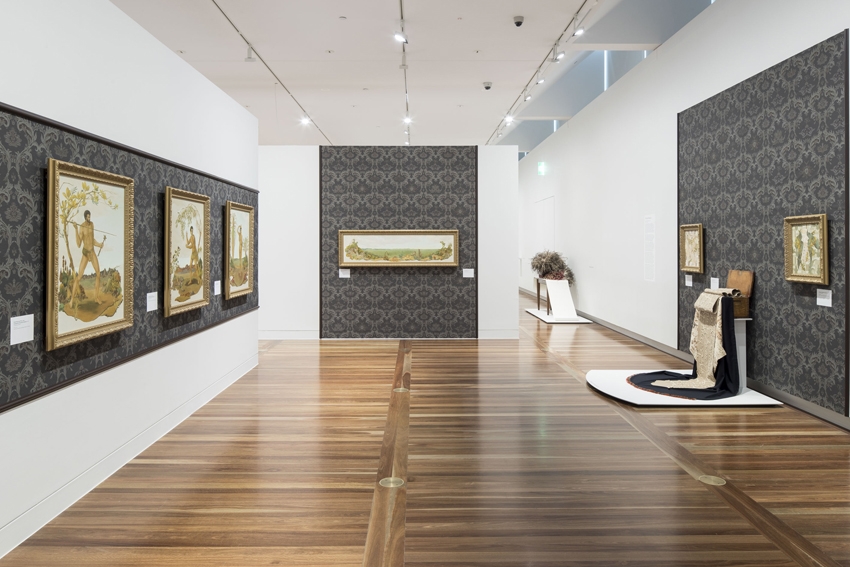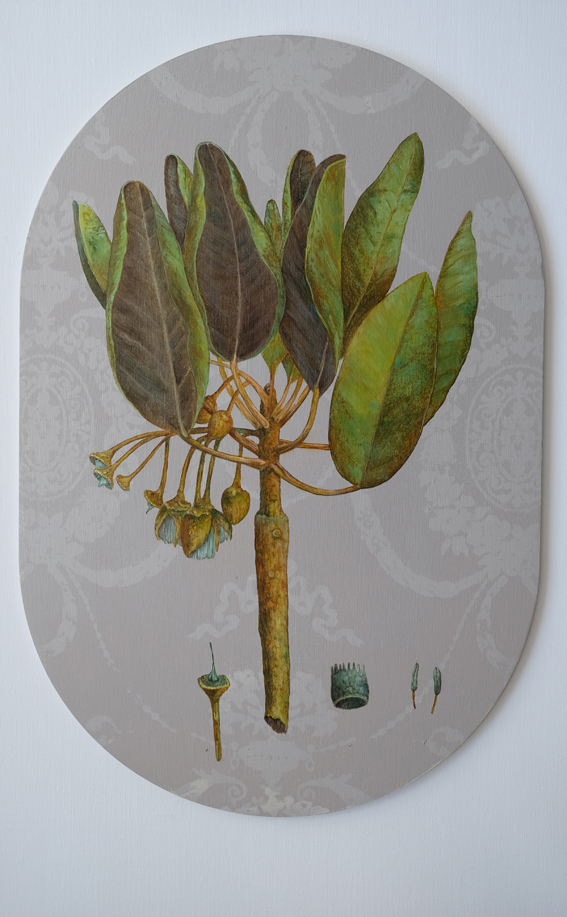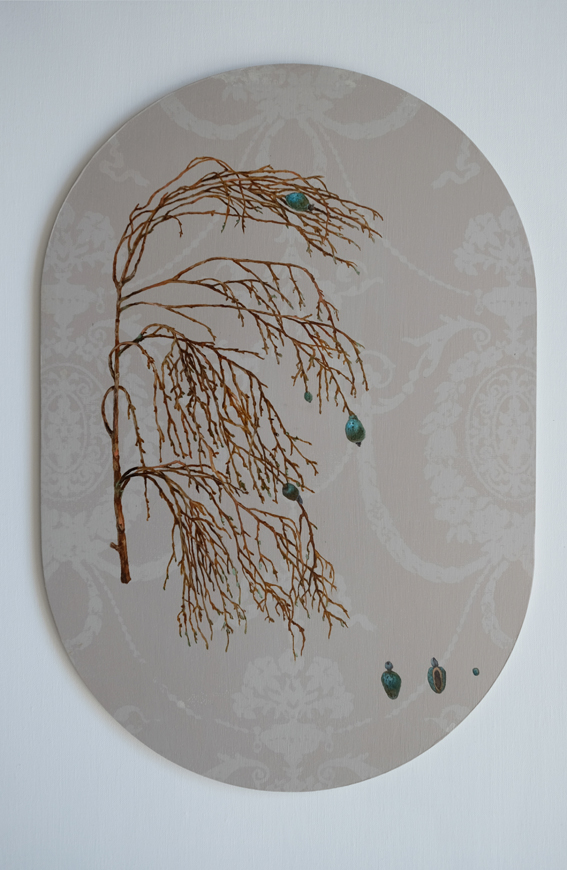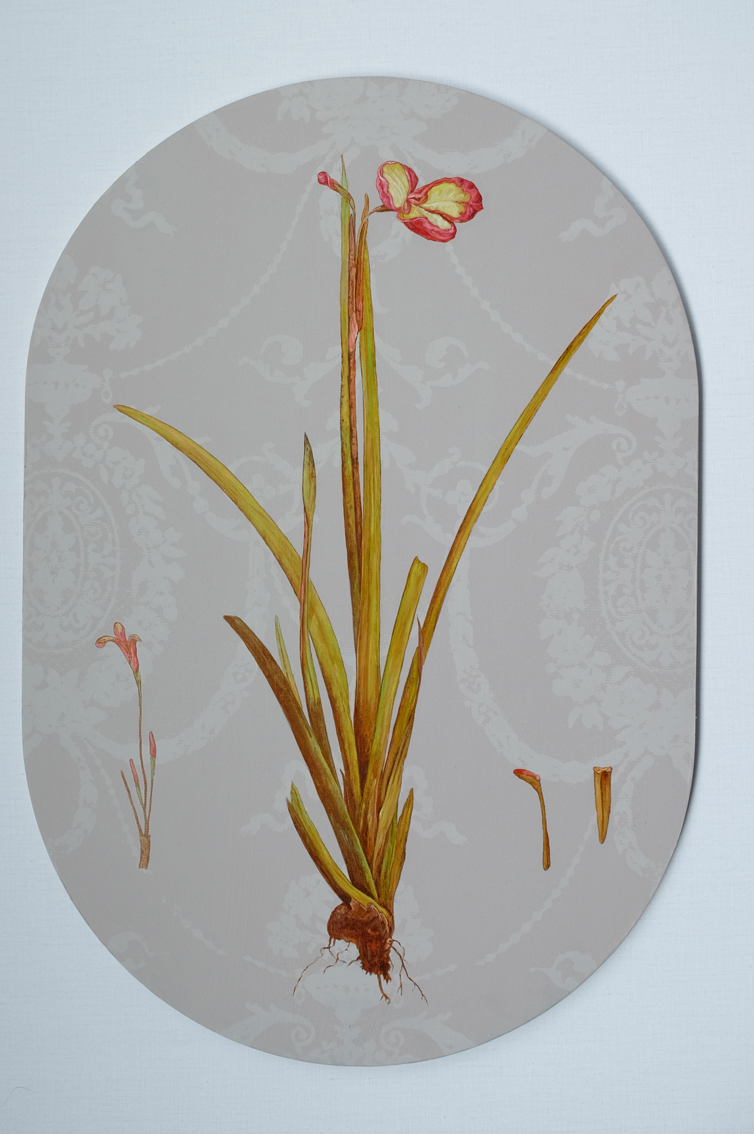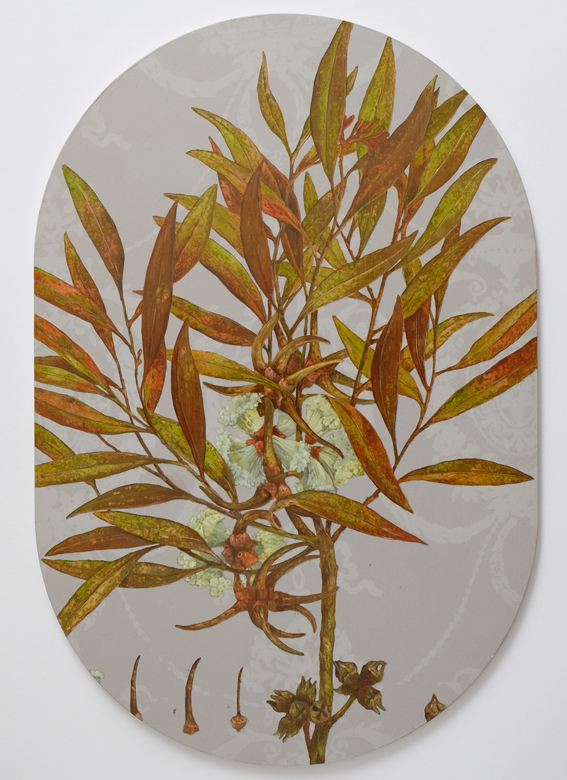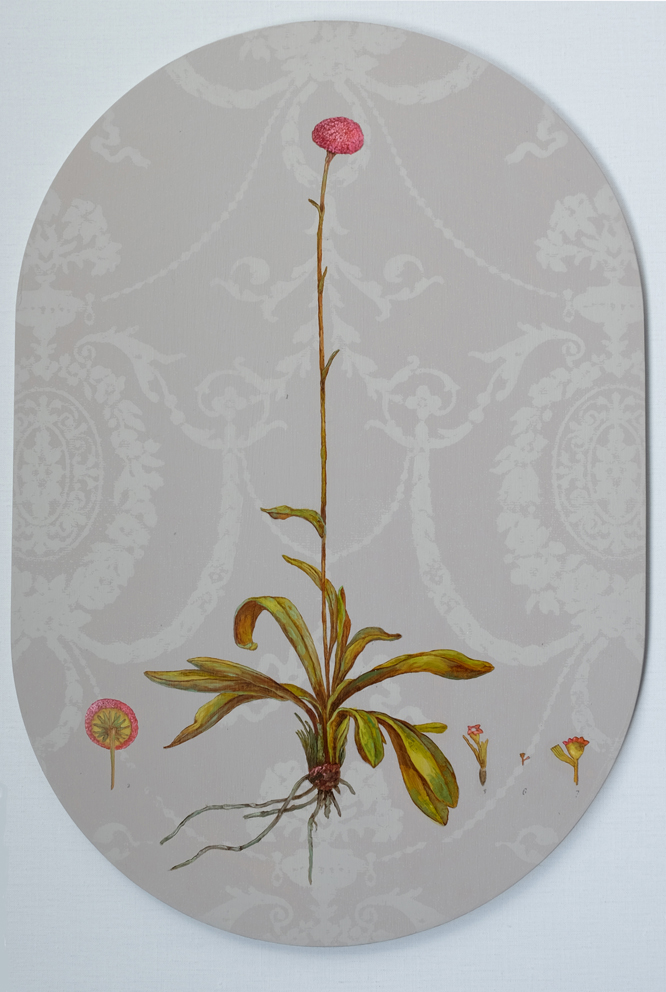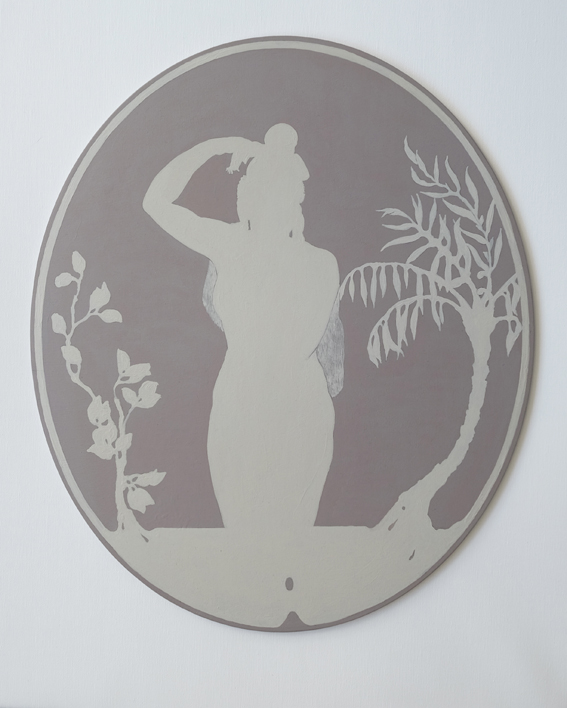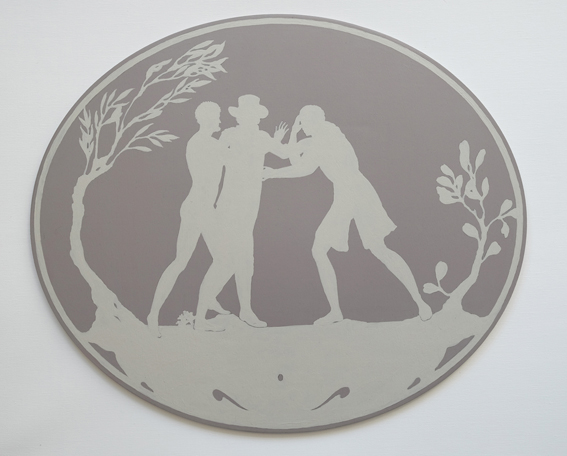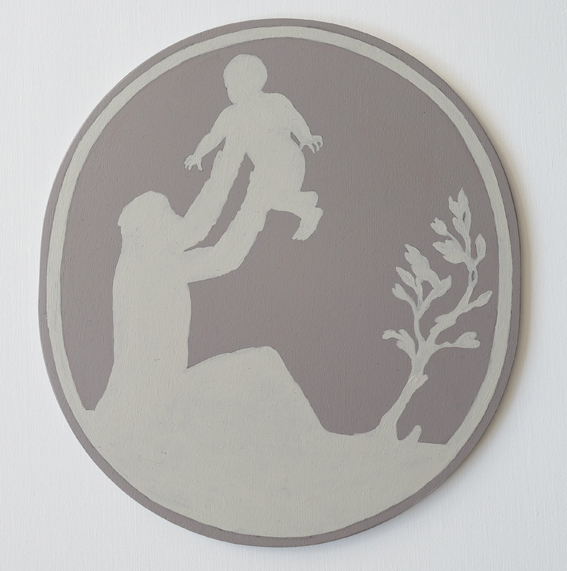So Fine; Contemporary Women Artists make Australian history
National Portrait Gallery, Canberra 2018
My artwork in this group exhibition has sprung from my long-standing fascination with the engravings in the Atlas published in 1800 by the naturalist Jacques Julien Houtou Labillardière. The Atlas illustrated his journal account of the French voyage commanded by Bruni d’Entrecasteaux launched in 1791 to search the South Sea for the lost vessels of La Pérouse. Most of the engravings – depicting plants, birds, people and events – are derived from the drawings of the expedition artist, Jean Piron. A peculiar blend of classicism and naturalism, the engravings seem at odds with the atlas’ stated purpose to provide an accurate scientific record of things and places seen.
I have aimed to provide a feeling of the sensory 'strangeness' of the encounters with people and place that Piron documented. Fundamentally, the process I have used to do this is to re-present the historical image in a different medium, while transforming it with various decorative forms. Integrating decorative imagery contemporaneous with Piron’s time alludes to the aesthetic lens though which he witnessed events. This is a reference to the fact that understandings and experiences of distant people – of ‘others’ – were, and still are, influenced by prevailing cultural values.
The Naturalist's Footsteps
Allport Museum and Gallery Hobart 8 February 2018
In the summer of 2016 I re-traced the steps of the naturalist Jacques Julien Houtou Labillardière and spent three weeks investigating Recherche Bay and Bruny Island in south-eastern Tasmania. Labillardière was part of the D'Entrecasteaux expedition to Australia and the Pacific and spent a period of 7 weeks in these localities in 1792 and 1793. During this time, he amassed a collection of thousands of Tasmanian plant, animal, bird and insect specimens, while meticulously recording his observations, thoughts and emotional responses to places, people and events. He published these records in a Journal account of the voyage accompanied by an Atlas of engravings mostly derived from drawings made by the expedition artist Jean Piron. His record is remarkable for the many positive encounters it describes between the voyagers and the local Aboriginal people, providing a valuable record of their material culture and surrounding natural environment.
Labillardière describes using paths formed by the local Lyluequonny people to explore the area. Many of these paths still exist. As I walked along them, it was easy to imagine myself alongside the naturalist and seeing the landscape, plants, birds and animals through his eyes- eyes which viewed the area through a lens honed by Enlightenment philosophies and the evolving natural sciences.
The works in this exhibition try to capture this experience, informed by imagining particular past events. Some paintings re-present parts of the historical drawings that Piron made or the engravings found in Labillardiere's Atlas. Other paintings are derived from my panoramic photographs of areas that Labillardière explored and the endemic plants, birds and animals he would have seen. I have transformed both the historical and contemporary imagery by combining it with decorative forms popular in the18th century. The decorative forms I have used include neo-classical patterning, the classical forms and monochrome palette of Wedgewood jasperware and the chequered tile pattern used to indicate scale in scientific drawings and maps. Representing locations, people and plants in this non-conventional but recognisable manner where space, form and colour are altered has enabled me to refer to the combined role of observation and imagination in the sense of place I experienced.
This project was supported by ArtsACT project funding.
